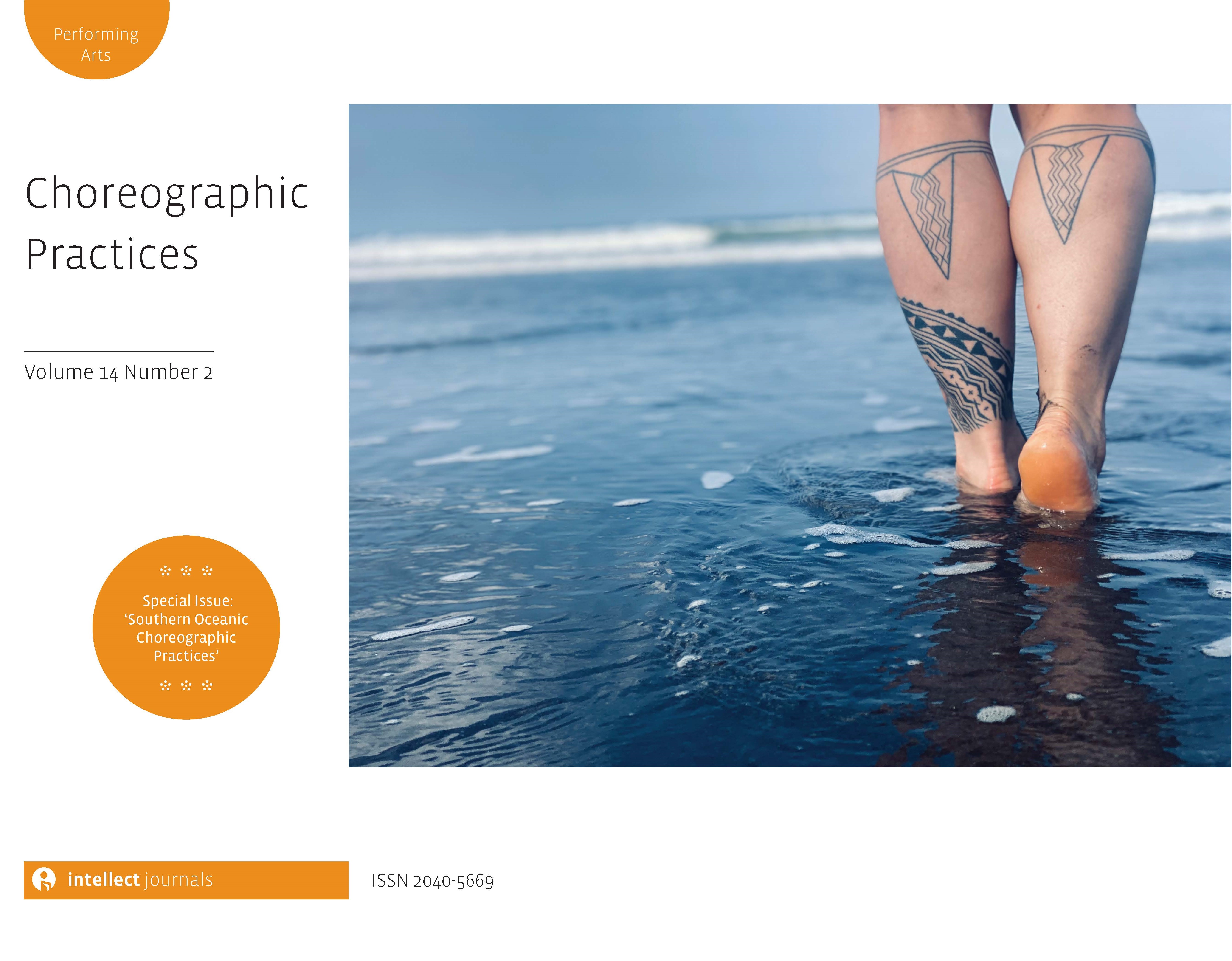-
oa (Re)positioning, (re)ordering, (re)connecting: A choreographic process of mind and body convergence
- Source: Choreographic Practices, Volume 13, Issue 1, Jul 2022, p. 25 - 52
-
- 16 Dec 2021
- 21 Mar 2022
- 01 Jul 2022
Abstract
Nadra Assaf from Lebanon and Heather Harrington from the United States are dancers, educators, scholars and choreographers who believe in the power of the body for communication, intersectional feminism and sociopolitical movement. They came together, virtually and in real life, to create hybrid performances investigating what it means to be a female in the twenty-first century through the lens of their respective countries utilizing a feminist social constructionist perspective. They initiated new ways to choreograph birthed out of who they are, their geographical separation and their sociopolitical environments. Engaging in autoethnography, they analyse their creative process and choreographic work to extrapolate observations from personal and social spheres. Their theoretical application examines connections, reflections and interactions through an intersectional feminist lens. Data collection comes from the retro(in)spection of journals, video recordings, e-mail correspondences, recordings of conversations and interviews with viewers of their work. Their practice-led research opens doors to Jungian dream analytic tools and Barad’s diffraction theory to help reveal meanings behind their choreographic work. They believe their choreographic strategies can be applied outside of their unique collaboration, specifically relating to the present interconnected virtual world thus revealing new ways of creating.



